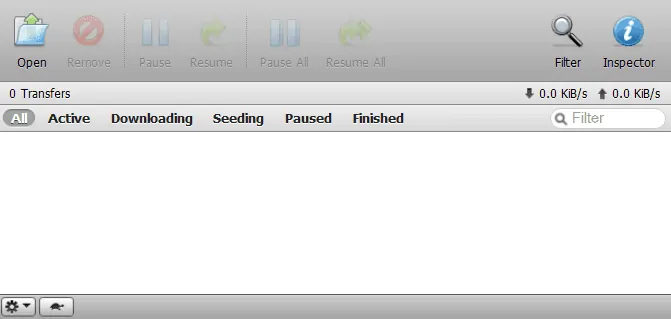

- #Using kitematic to deploy applications on linux server how to
- #Using kitematic to deploy applications on linux server update
- #Using kitematic to deploy applications on linux server password
- #Using kitematic to deploy applications on linux server download

The provisioning process generates a complete server hostname using the data center abbreviation, your CenturyLink Cloud account alias, your server alias, and 2-digits. Under Customize Server Name(s), give your server a unique 4-6 letter alias.
#Using kitematic to deploy applications on linux server password
In the Password field(s), enter a secure root password.On the Customize page, there are several required fields to update. The next section will walk through the Blueprint configuration steps. (CenturyLink Cloud makes it easy to see your monthly costs and pause your server between Minecraft sessions). Mouse-over the tile to read the description: "Installs Docker Engine on Ubuntu 14 with Kernal 4.x".Ĭlick the "Docker Engine" tile to display the deployment page.Ĭlick the Deploy Blueprint button. Look for the "Docker Engine" Blueprint tile.
#Using kitematic to deploy applications on linux server how to
This tutorial assumes that if you choose to provision a server in a data center that is not your Primary data center, you also already know how to create cross-connect data center firewall policies so that your VPN Client can connect to your new server. Most likely you will select your Primary data center. In the upper left corner of the Blueprints Library page, select the data center where you want to provision your server. Login to the Control Portal and select Blueprint Library from the menu drop-down. Step 1: Create a New Server Using a Docker Blueprint Find the Docker Blueprint
#Using kitematic to deploy applications on linux server update

Step 1: Create a New Server Using a Docker Blueprint.Here's an overview of the steps we'll follow to deploy a stateful Minecraft server using Docker and Blueprints. Follow the Blueprint deployment process below to create your first server, and then setup VPN access. NOTE: If you just signed up for an account, you must first create a server to activate Client VPN access. This article provides instructions on successfully installing and configuring the Tunnelblick OpenVPN client. A VPN client configured to securely connect to your CenturyLink Cloud server.If you don’t have a CenturyLink Cloud account yet, head over to our website and activate an account. A CenturyLink Cloud account for Blueprint access.
#Using kitematic to deploy applications on linux server download
Already own the game? Download the client. Besides being comfortable with executing Linux commands on the terminal, you will need: Before we get started, there are a few prerequisites. (NOTE: Although pausing or stopping a container without a data volume mounted does not destroy the writable top layer, it is much easier and less tedious to manage the state using data volumes) Target Audienceĭocker newbies, Minecraft enthusiasts, and anyone interested in seeing how Blueprints can quickly deploy applications. Data volumes exists outside of Docker's storage area, so even if a container is deleted, data stored in a data volume still remains. Although it is possible to connect to a running container and interact with the file system belonging to that specific container, a better way is to use a data volume. All writes to the container that add new data or modify existing data are stored in this writable layer, which is persisted between container stops and restarts. When a container is started, a writable top layer is added to the image. By definition, images are static and composed of multiple layers. To enable applications to write to the file system, Docker uses a unification file system storage approach. Like WordPress, Minecraft can use Docker to achieve the stateful persistence required for game play.ĭocker's ability to deploy a pre-configured image into a running container within milliseconds is a huge advantage over VMs. As they interact with the environment and the objects within, changes to the world state are immediately saved to the file system. In Minecraft, players literally create or destroy almost anything in the game world that they inhabit.

This tutorial will explain how to quickly deploy a stateful, persistent Minecraft server using an image from the Docker Hub and a Docker Blueprint on the CenturyLink Cloud.Īfter seeing plenty of WordPress demos displaying stateful persistence between Docker container restarts, I thought it would be interesting to discuss another extremely popular application that uses stateful persistence - Minecraft.


 0 kommentar(er)
0 kommentar(er)
